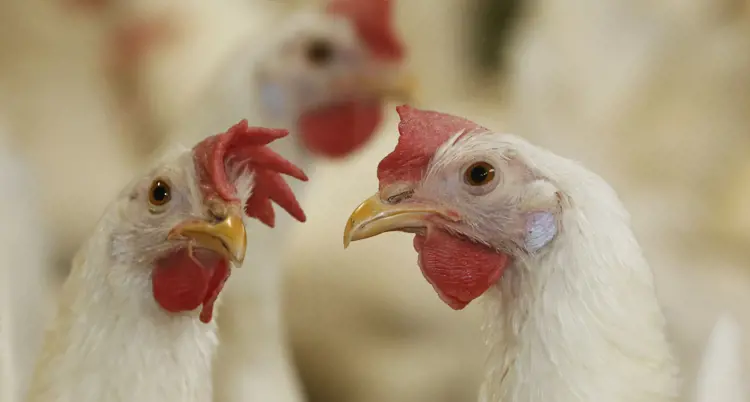
1. Using oyster shell or limestone grit to improve calcium supply
Oyster or limestone grit provide a source of calcium for layers experiencing problems with low calcium in the laying cycle. Evidence of the calcium supply issue is easiest to assess by monitoring egg shell quality and noting egg shell abnormalities at each collection. Assuming that you are feeding the correct amount of feed to your birds, that you haven’t got more significant problems carried over from rearing or development phases, and that your overall feed quality isn’t the main issue, the following recommendations may be useful.
Egg shell quality issues may be due to the lower level of calcium available from local limestone producers (often between 28 to 33% calcium), due to environmental or physiological conditions that have a negative impact on calcium availability for normal bone development and egg shell deposition. The laying bird can be supported by providing:
- Oyster Shell grit: made from crushed oyster shells ranging in particle size from 1 to 3 mm. Egg shell strength and shell thickness can be improved by supplementing shell grit. Use 2 to 3 grams per bird, fed in the afternoon to supplement calcium required during the evening, when the egg shell is deposited.
- Limestone grit: made from crushed limestone of two main origins:
- Biological - marine shell organisms, amorphic in nature (no crystal structure) usually with higher calcium solubility than crystalline limestone.
- Geological - crystalline forms of calcium carbonate with various combinations of other minerals which may include iron, magnesium and others.
- Limestone grit of particle size between 1 to 3 mm can be fed in the same way as the oyster shell grit to improve calcium supply as needed.
- The best way to choose between the two is to compare pricing and calcium percentage. Choose the cheapest alternative, keeping calcium content in mind and ask your advisor for guidance if you are uncertain. The grit is normally supplied ad libitum as layers will not over-consume. If you see that 2 to 3 grams of limestone or oystershell grit is accumulating over a few days, reduce the amount by two-thirds for a day or two until the birds are almost finishing it and then adjust as necessary.
2. Classifying egg shell problems
The number of eggs with the following characteristics should counted and expressed as a percentage of the total number of eggs produced:
- Shell-less eggs
- Thin egg shells
- Soft egg shells
- Broken eggs
Additional factors that may point to general calcium deficiency could include:
- Lameness in hens
- Feather pecking
- Cannibalism
- Drop in egg production of 10% or more


